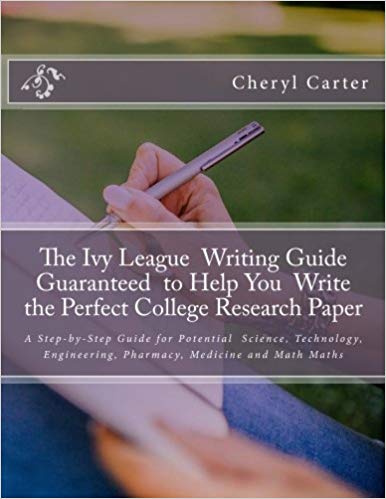
This guide is specifically directed to international college learners. Students currently enrolled in college will also find this guide particularly valuable, while those in high school will discover this writing method provides them with a ubiquitous advantage over other college freshmen.
In fact, most students, especially those majoring in science, engineering, math medicine, technology or pharmacy, will find this writing method makes composing papers easy.
This composition process is taught systematically: and thus makes the college paper writing process easy to understand and enables students to get better grades. This writing method produces clear and well-organized essays, research papers and compositions.
STEM learners will particularly appreciate the easy follow-the-format composition method of this guide, since it appeals to scientific, technical and mathematical thinking.
The approach is quite comprehensive, and yet at the same time simplistic enough to help all struggling writers not just those majoring in the sciences. International student writers and STEM writers have thrived using this writing approach. Nearly, all writers will find this approach viable.
Volume I specifically addresses the research paper which is applicable to nearly any college class that a STEM student would take in college.
Volume 2 addresses English and liberal arts papers. Specifically, these volumes help the student write powerful and purposeful papers that do not appear or sound like they are following a formula. Graduate students have also found these volumes helpful when completing their writing assignments.
Genre: EDUCATION / General
Book sells well at seminars, live events and has a sales on Amazon
Reading occurs very rapidly if a systematic plan is followed: First, determine the main idea from the title, the first paragraph, and the last paragraph. Second, determine if a large subject is divided into smaller subjects with some outlining scheme. Next, follow the title, introduction, body, conclusion rule to find the main idea of each smaller section. Each smaller section can then be scanned for keywords. Keyword recognition signals the reader to pay closer attention for critical definitions and ideas that follow.